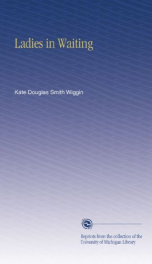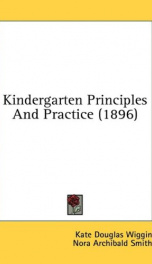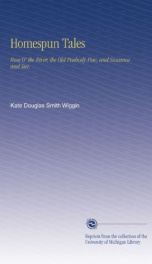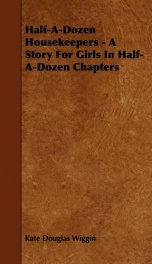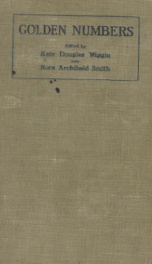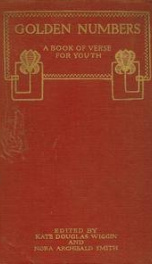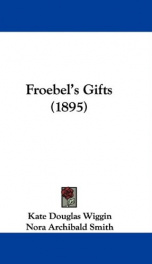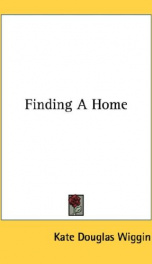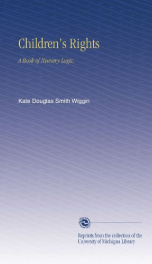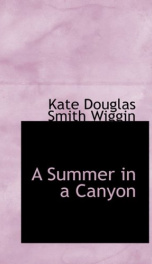froebels occupations
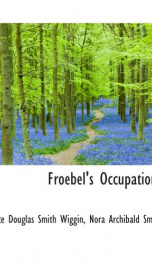
Purchase of this book includes free trial access to www.million-books.com where you can read more than a million books for free. This is an OCR edition with typos. Excerpt from book: SEWING Materials: A large worsted-needle with blunt point; split, single, and double zephyr of the six colors, their tints and shades; card, Bristol, or pasteboard of any size and color, with the desired pattern perforated upon it. The employment of some sharp-pointed instru- ., . ment attached to a thread of various Sewing earliest? substances, for useful and decorative favorite1 sewing, is one of the most ancient and Emrpfoy- universal employments. The tool may ment. jje a thorn, or a needle fashioned from wood, bone, or steel; the thread, a tough grass, the fibre of a leaf or tree, the sinews of an animal or strips of its hide; or it may be the product of the silkworm, the flax, or the sheep, yet all have been used in much the same way and for the same purposes since our primeval ancestors first made holes in the skins they wore and drew them together for a more complete covering. And as it is now, so has it ever been in regard to the two varieties of sewing, for use and for ornament. Even among uncivilized tribes and semi-barbarians, we find their scanty clothing embroidered with bright colors, and we know the art to have been one of the earliest employed by the Eastern nations. Children, too, readily take it up in the nursery, partly by inherited instinct, perhaps, and partly by imitation ; and a needle, a stout thread, and a piece of cloth, which is straightway drawn up into surprising shapes and strange bunches, will often keep a little child amused and happy for many minutes together. The fact that Froebel's occupation-materials contain nothing new, but are based, on the contrary, upon the traditional employments of childhood, is one of the strongest arguments in their favor, for they must have been wholly wrong from a psychological point of vi...
Info about the book
Author:
Series:
Unknown
ISBN:
1166607836
Rating:
4.5/5 (1)Your rating:
0/5
Languge:
English
Users who have this book
Users who want this book
What readers are saying
What do you think? Write your own comment on this book!
write a commentif you like froebels occupations try:
Other books by this author
Do you want to read a book that interests you? It’s EASY!
Create an account and send a request for reading to other users on the Webpage of the book!

